Beijing, China
Colorful decorations in front of the Palace Gates to the Forbidden City near Tiānānmén Square in Beijing China. Built in 1420, the Chinese name of the gate, Tiānānmén 天安門, is made up of the Chinese characters for "heaven," "peace" and "gate". The Tiānānmén Gate is featured on the emblem of the People's Republic of China.
A portrait of Chairman Mao hangs on the front of the Palace Gates to the Forbidden City near Tiānānmén Square in Beijing, China. A controversial figure, he was the architect and founding father of the People's Republic of China (PRC), which was established in 1949 from the spot where his portrait now hangs on the Tiānānmén Gate. Source: Wikipedia.
Upstairs on the reviewing platform of Tiānānmén Gates in Beijing China, standing above the portrait of Chairman Mao.
Looking out across Tiānānmén Square from the viewing platform on the Tiānānmén Gates in Beijing, China.
Roof lines of buildings on the Tiānānmén Gates in Beijing, China. The more ornate the roof sculptures represent the more significant the buildings.
The Tiānānmén Gate to the Forbidden City across from Tiānānmén Square in Beijing, China.
The White Pagoda at Beihai Park in Beijing China. Beihai Park is an imperial garden to the northwest of the Forbidden City in Beijing. Built in the 10th century, it is amongst the largest of Chinese gardens, and contains numerous historically important structures, palaces and temples.
Great view of the roof carvings as we climbed the hill to the White Pagoda at Beihai Park in Beijing China. The White Pagoda was built in the eighth year of the Zhi Yuan reign (1271 A.D.). The White Pagoda was designed by a well-known Nepalese architect and technologist, Arniger, and filled with Buddhist treasures. The temple was one of the most important projects at the time when Kublai Khan built his great capital city at Dadu (today's Beijing). The White Pagoda, an upside-down alms bowl in design, is the biggest Buddhist pagoda from the Yuan Dynasty ever discovered and preserved in China and is the oldest Buddhist pagoda in the Beijing area. Source: The Beijing Organizing Committee for the Games of the XXIX Olympiad website.
Looking down on the Forbidden City from Beihai Park in Beijing China. The Forbidden City was the Chinese imperial palace from the Ming Dynasty to the end of the Qing Dynasty. It is located in the middle of Beijing, China, and now houses the Palace Museum. For almost 500 years, it served as the home of emperors and their households, as well as the ceremonial and political center of Chinese government. Source: Wikipedia.
Glazed Budha tiles on the wall of the White Pagoda at Beihai Park in Beijing China.
My Ling posing below the hand painted traditional architecture at Beihai Park in Beijing China.
A red door and statue between the shops north of Beihai Park in Beijing, China.
My Ling browsing along the traditional shopping street north of Beihai Park in Beijing China. The old doors could really tell a story about this place.
Shopping for clothes in the shops north of Beihai Park in Beijing, China.
A street musician plays for tips on the shopping street north of Beihai Park in Beijing, China.
Life-size wood carvings of girls in traditional Chinese outfits adorn this clothing shop north of Beihai Park.
Shoppers busy on the shopping street north of Beihai Park in Beijing, China.
A red door in the stone wall along the shopping street north of Beihai Park in Beijing, China. I'm not sure if there is a Spa behind it.
A pedi-cab offers us a ride along the shopping street north of Beihai Park in Beijing, China.
One, Two, Three, OMG. A bicycle built for three, riding behind the pedi-cab north of Beihai Park in Beijing, China.
Hand made silk lanterns available at one of the shops north of Beihai Park in Beijing, China.
A truck carrying workers at Beihai Park in Beijing, China.
Couples boating on the lake north of Beihai Park in Beijing, China.
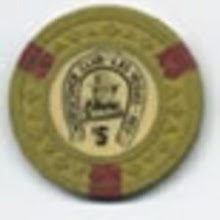


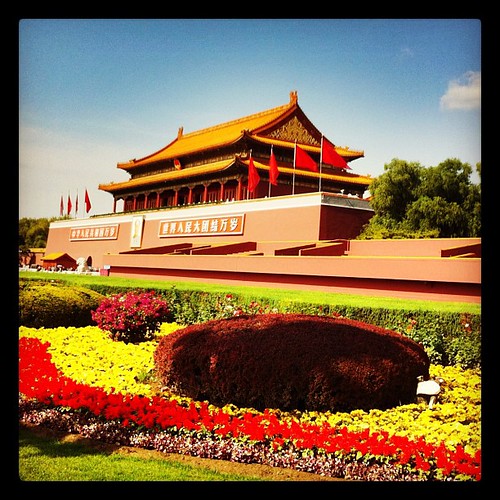
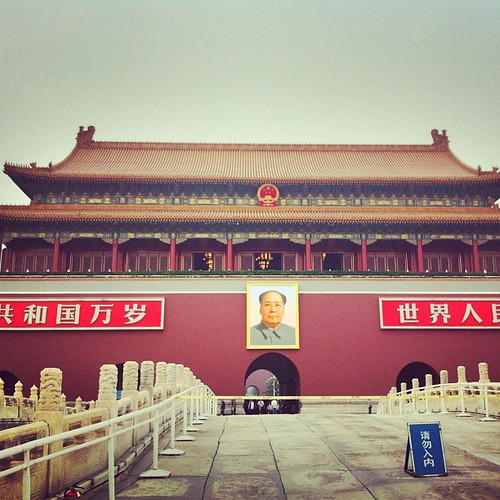
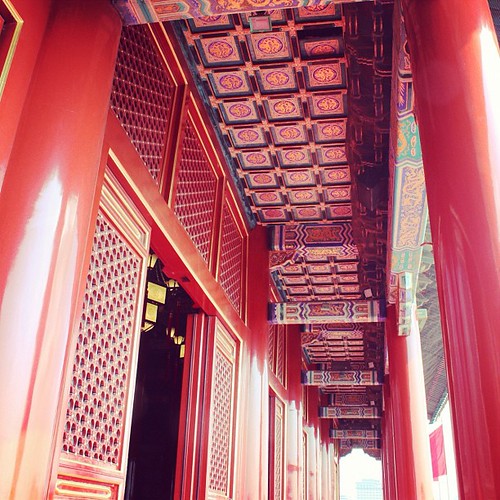
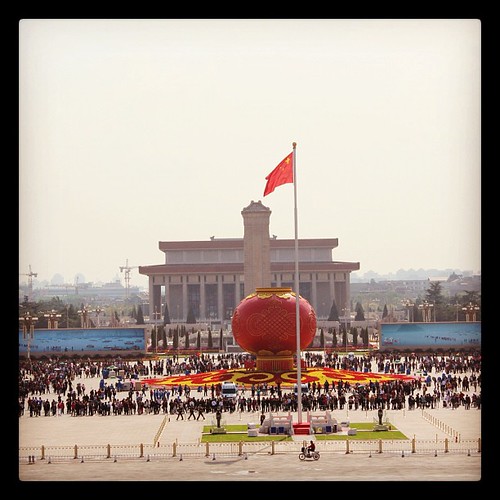
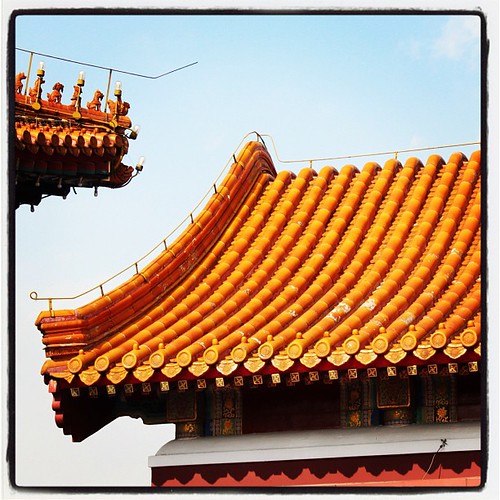
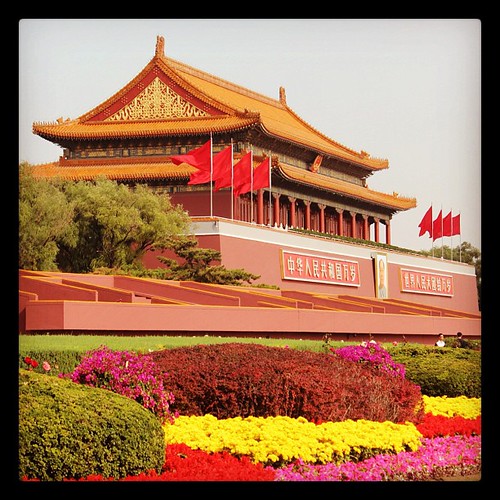
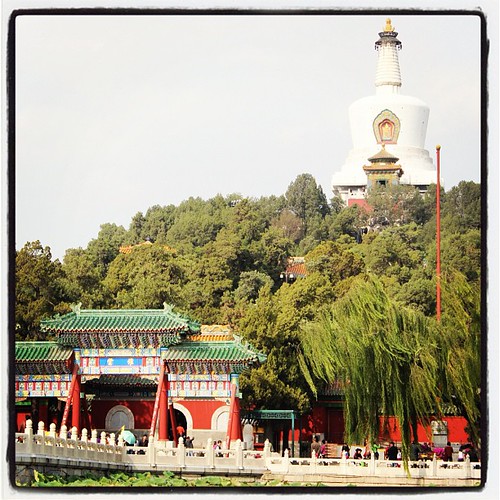
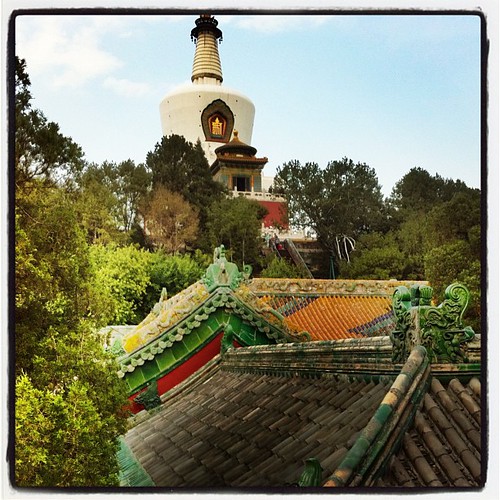
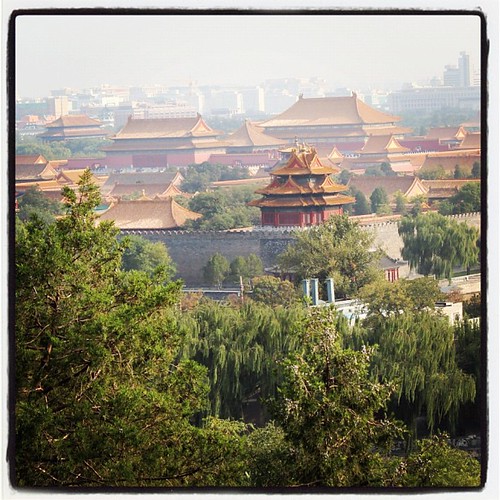
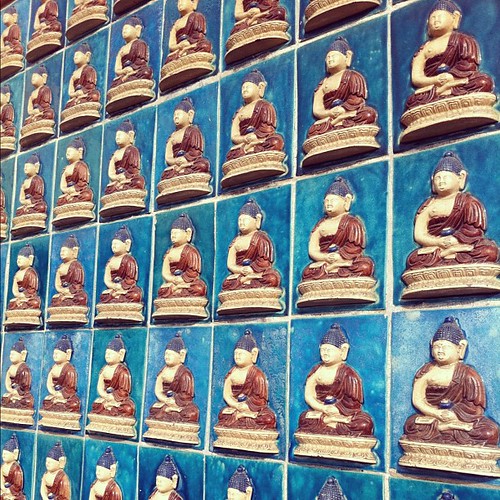
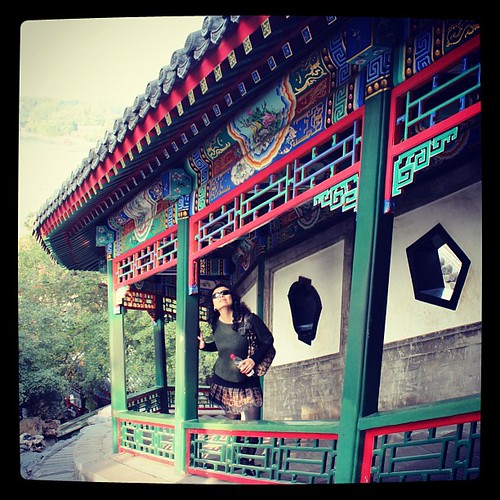
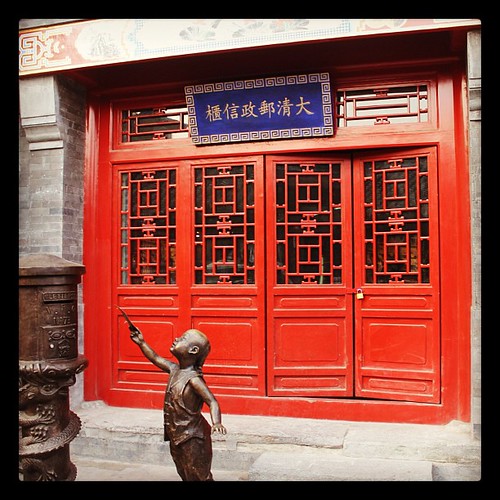
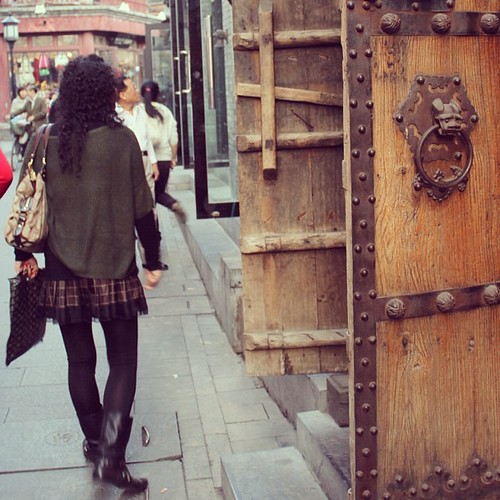
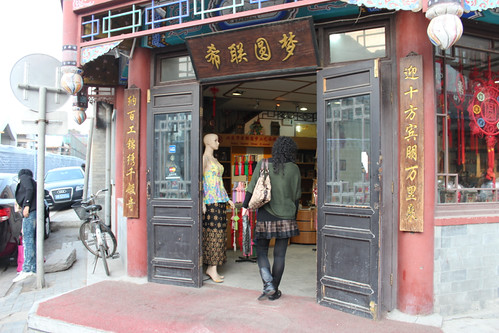
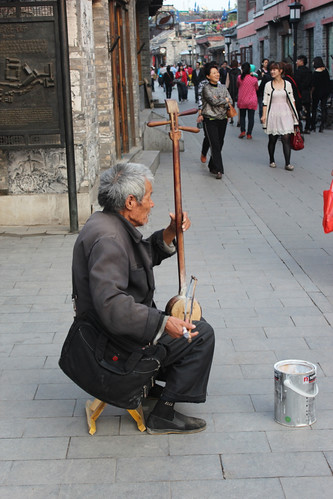
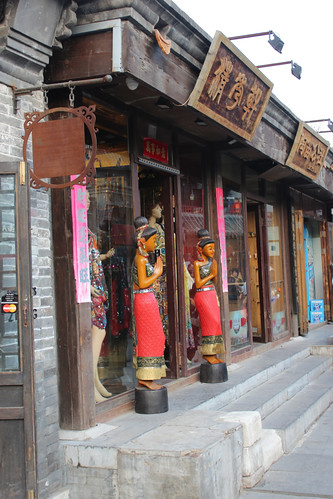
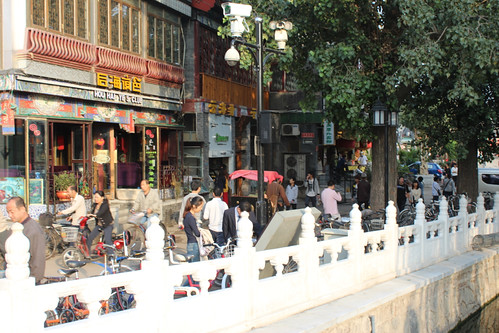
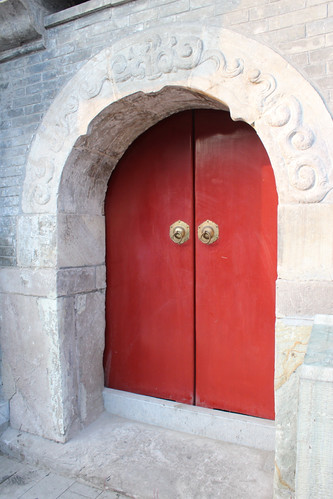
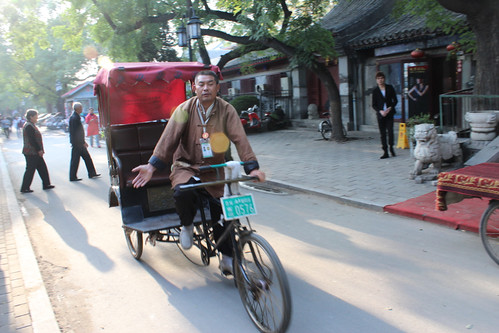
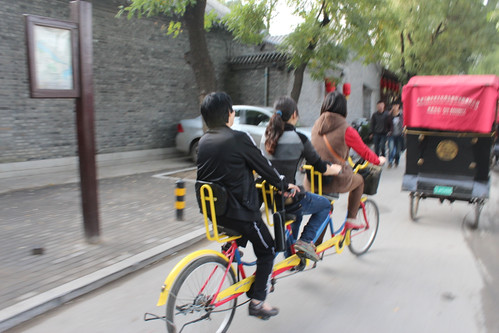
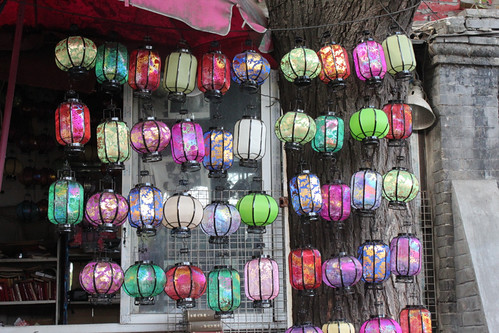
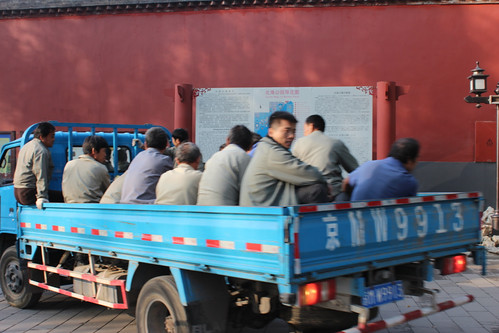
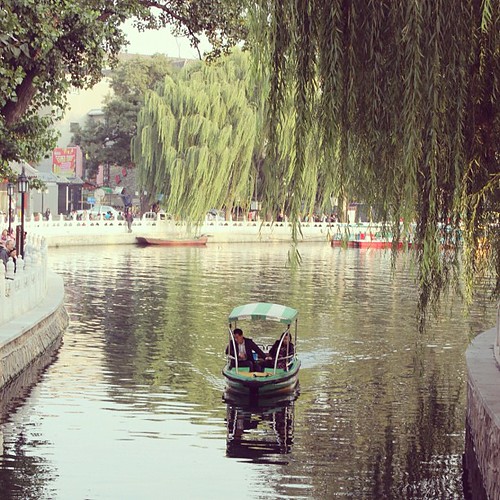
0 Comments:
Post a Comment
<< Home